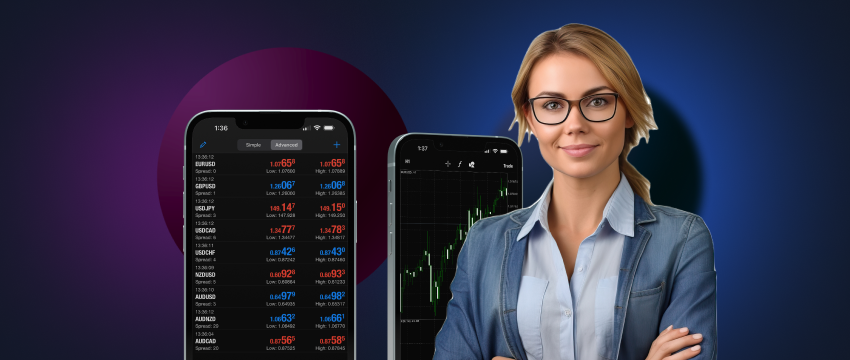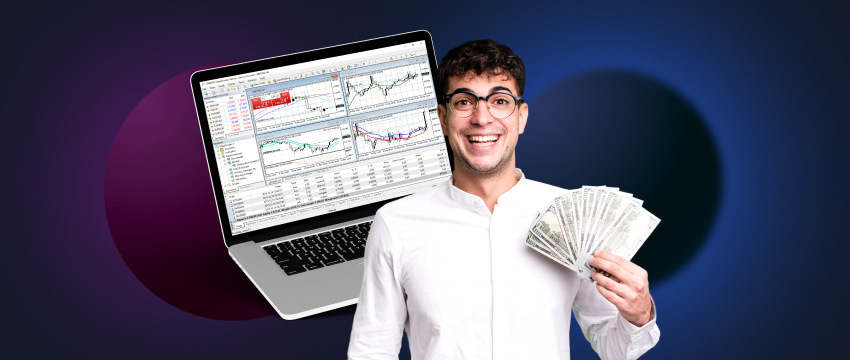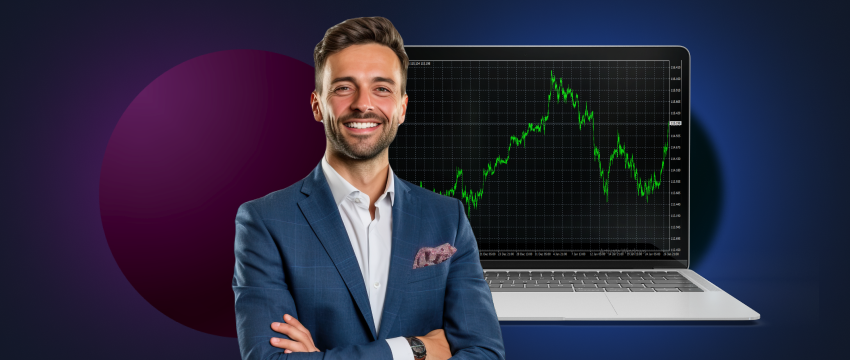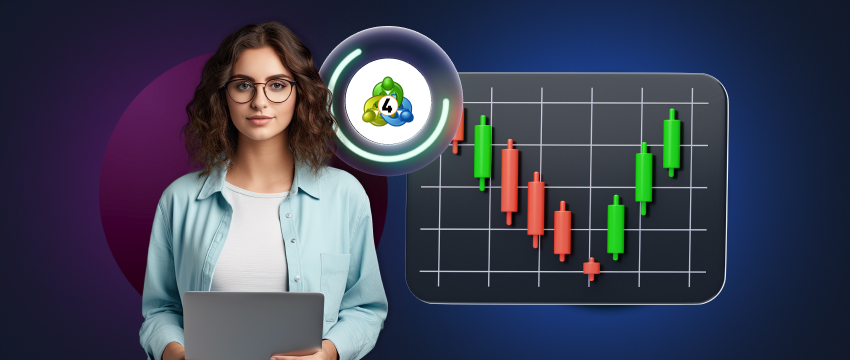Positional traders engage in positional trading. They seek to hold positions over longer periods. These periods range from a few weeks to months. Sometimes, they hold positions for years. Their objective is to maximize potential profits from longer-term market movements, regardless of the financial instrument. They are trend followers and believe that once a trend starts, it will probably continue for some time.
Positional traders will commonly trade stocks, commodities, currency pairs, metals, and others. Their decisions are typically based on a combination of fundamental และ การวิเคราะห์ทางเทคนิค. They also rely on macroeconomic factors, historical price patterns, and general market trends.
As far as temperament is concerned, positional traders are characteristically patient.
They aim to avoid letting emotions influence their trading decisions. They strive to stay clear of intense emotional swings. These swings often accompany market volatility.
Instead of fearing losses, they are more willing to tolerate short-term losses. Additionally, they also accept periods of inactivity in their portfolio. Furthermore, they speculate that their positions will generate returns. This speculation is based on changing market conditions over time.

What positional traders do
- Positional traders perform both fundamental and technical analysis before executing trades, be this for forex pairs, commodities, หุ้น, or metals. This means that they will study earnings reports, financial statements, income statements, industry sentiment, etc., to establish the intrinsic value of the asset they’re opening a position on.
- They will also assess unemployment rates, inflation rates, interest rates, GDP, trade agreements, etc, which drive price movements. Additionally, they will consider indicators like moving averages, trend lines, Relative Strength Index (RSI), Bollinger Bands, Fibonacci Retracement, etc.
- Ultimately, while fundamental analysis will help a trader identify what to trade, technical analysis assists in determining when to enter or exit a position.
- Positional traders will follow the news to stay up to date on current affairs worldwide. In particular, they will be sure to monitor economic events and releases, possibly even using an Economic Calendar to track key financial releases in order to plan their trades.
- A positional trader will usually look to developing a trading plan that incorporates a long-term strategic approach to executing trades. The plan will focus on macroeconomic trends, geopolitical developments, and industry shifts to be able to enter long positions. It will however also take into account market fluctuations or temporary price surges, in case adjustments have to be made.
- Despite the long-term perspective, position trading is still inherently risky, like most trading strategies. For this reason, a positional trader will make use of risk management tools to safeguard their funds. This includes stop-loss orders to limit losses that come with adverse market movements or unexpected price fluctuations.
- A positional trader may even consider using position sizing (i.e. the amount of capital invested in a single position) or even portfolio diversification (i.e. spread their capital across multiple positions or asset classes to reduce exposure to any single market).
Why become a positional trader?
Choosing to become a positional trader is dependent on several different factors:
- Positional trading offers the potential to earn a profit over time, reducing the need for more frequent trading. This means the strategy is less time intensive than say day trading or scalping which needs constant attention and monitoring.
- Considering that positional traders adopt a long-term outlook, they’re more able to avoid the stress that comes with sudden market or price fluctuations. This in turn facilitates a more level-headed trading psychology as positional trading doesn’t tend to evoke the same level of angst that shorter-term trading approaches do.
- Positional trading strategy is also more flexible because it doesn’t require constant monitoring of the market. This means the trader can focus on other commitments or responsibilities, like a full-time job, etc.
- The fact that positional traders hold positions for an extended period, they’re less likely to feel the effects of sudden market disruptions.
The downside of positional trading
Positional traders must have considerable capital to sustain their positions over longer periods. This is to ensure they can meet margin requirements and withstand potential losses.
Holding positions overnight or for extended durations also subjects them to overnight risk, where unforeseen events or news can lead to substantial market movements and possible losses.
With a focus on long-term trends, positional trading strategies often result in fewer opportunities, particularly in volatile markets, making it harder to identify profitable trades.
This long-term perspective can also restrict flexibility, limiting traders’ ability to quickly adapt to shifting market conditions. It may also result in positional traders possibly missing out on short-term trading opportunities.

Learning how to become a positional trader
Learning how to become a positional trader is relatively easy considering the volume of resources available online today. Most CFD brokers in fact, like T4Trade, offer high-quality learning resources to acquire knowledge about all forms of trading.
This includes blogs, seminars, podcasts, webinars, e-books, videos, etc. Traders just entering this space may also consider joining community forums to gain ideas, tips, concepts, and insights from other more experienced traders.
Demo trading account
Another very practical way for a positional trader to become more skilled at trading is by signing up for a demo trading account. A demo account offers a simulated trading environment which mimics real market conditions in which to trade. In the demo account, you’re able to open positions using virtual funds.
In this way, your own capital is protected, with no risk of loss. You can test out any trading strategy, regardless of complexity, and assess outcomes. You can learn more about technical analysis, making use of technical indicators to make trading decisions.
Through T4Trade, you’ll be able to access the MetaTrader 4 platform, one of the most popular trading platforms in the world. You’ll discover all its robust trading tools and features, including automated trading which involves using trading robots (EAs) to execute trades automatically, with little human intervention.
Ultimately, positional trading is best suited to someone who prefers a more hands-off approach. They need to be disciplined and not fall prey to short-term market volatilities.
A positional trader must know how to conduct both fundamental and technical analysis, as well as practice sound risk management to protect their funds.
Finally, this type of trader should possess the patience to wait for long term trading opportunities, without the urge to make decisions in haste.

Trading with T4Trade
T4Trade is a popular global broker with clients worldwide. The broker offers top-tier, 24/5 multilingual customer support, cutting-edge trading platforms, and flexible trading conditions.
T4Trade is also a great go-to resource for traders looking to learn more about forex trading in a user-friendly way.
A variety of videos, podcasts, eBooks, webinars, and videos-on-demand are curated by in-house specialists, catering to all types of traders.
T4Trade traders can also choose from a wide range of trading instruments across 6 asset classes, and enjoy flexible leverage, competitive spreads, fast trade execution and seamless deposit and withdrawal options. Traders can also choose from multiple trading accounts that best suit their needs and individual preferences.
Disclaimer: This material is for general informational and educational purposes only and should not be considered investment advice or an investment recommendation. T4Trade is not responsible for any data provided by third parties referenced or hyperlinked in this communication.




